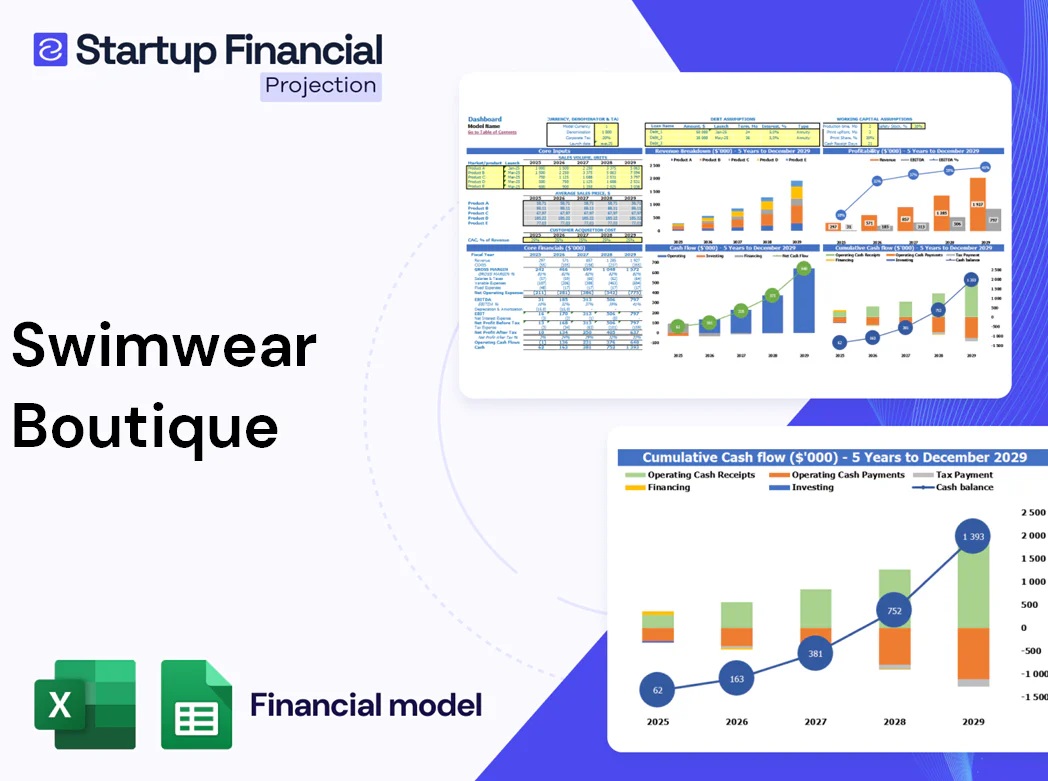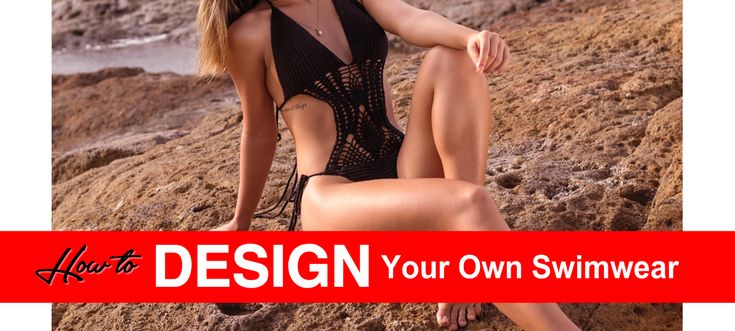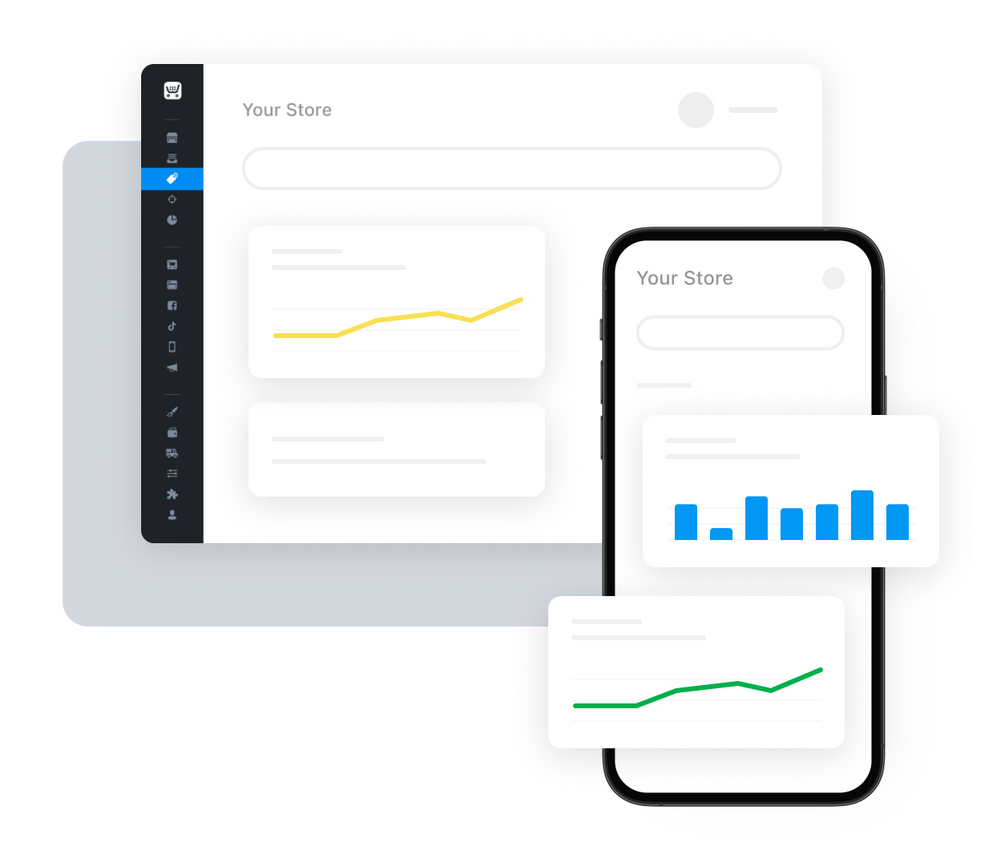Content Menu
● Introduction
● Why Start a Swimwear Boutique?
● Step 1 – Conduct Market Research
>> Understand the Swimwear Industry
>> Tools for Market Research
● Step 2 – Define Your Niche and Unique Selling Proposition (USP)
>> Choosing Your Niche
>> Crafting Your USP
● Step 3 – Develop a Comprehensive Business Plan
>> What to Include
>> Estimating Startup Costs
● Step 4 – Secure Funding
>> Funding Options
● Step 5 – Choose Your Business Model and Location
>> Brick-and-Mortar vs. Online Boutique
● Step 6 – Source High-Quality Swimwear
>> Finding Suppliers
>> OEM and Private Label Options
● Step 7 – Build Your Brand Identity
>> Elements of Strong Branding
● Step 8 – Set Up Your Boutique
>> Physical Store Setup
>> Online Store Setup
● Step 9 – Develop a Marketing Strategy
>> Digital Marketing
>> In-Store Marketing
● Step 10 – Manage Inventory and Adapt to Seasonality
● Step 11 – Provide Exceptional Customer Service
● Step 12 – Plan for Growth and Expansion
● Real-Life Inspiration
● Frequently Asked Questions
>> Q1: How much does it cost to start a swimwear boutique?
>> Q2: Do I need a license to sell swimwear?
>> Q3: What are the best marketing strategies for a swimwear boutique?
>> Q4: How do I find reliable swimwear suppliers?
>> Q5: How can I manage seasonal fluctuations in sales?
● Conclusion
● Citations:
How to Start a Swimwear Boutique: The Ultimate Guide for 2025
Introduction
The swimwear industry is booming, driven by global travel, fitness trends, and the growing demand for stylish, sustainable, and inclusive swimwear. If you're passionate about fashion and want to launch a business with high growth potential, learning how to start a swimwear boutique could be your perfect opportunity. This comprehensive guide will walk you through every step, from market research and branding to sourcing products, setting up your store, and marketing your boutique for success.

Why Start a Swimwear Boutique?
The global swimwear market is projected to reach $34.1 billion by 2034, with annual growth fueled by evolving consumer preferences, sustainability, and innovative designs[2][3]. Swimwear is a versatile, seasonal product that allows for creativity and niche branding. Whether you dream of curating high-end designer bikinis, eco-friendly one-pieces, or inclusive sizing, a swimwear boutique offers both profit and personal fulfillment[4][5].
Step 1 – Conduct Market Research
Understand the Swimwear Industry
- Analyze swimwear industry trends: Sustainability, body inclusivity, and athleisure are shaping the market[2][4].
- Identify your target market: Are you catering to women, men, children, or specific demographics like plus-size or eco-conscious shoppers?[4][6]
- Study competitors: What gaps exist in the market? What do customers praise or complain about in existing boutiques?[2][6]
Tools for Market Research
- Use online surveys, social media polls, and Google Trends.
- Visit local and online swimwear stores to observe product offerings and customer behavior.
Step 2 – Define Your Niche and Unique Selling Proposition (USP)
Choosing Your Niche
- Sustainable swimwear (recycled fabrics, ethical production)
- Plus-size or petite swimwear
- Designer or luxury swimwear
- Athletic swimwear for sports and water activities
- Children's swimwear
Crafting Your USP
Your USP sets you apart. For example, “Eco-friendly swimwear for active women” or “Trendy, affordable bikinis for Gen Z.” A clear USP helps guide your branding, marketing, and product selection[3][7].
Step 3 – Develop a Comprehensive Business Plan
A solid business plan is your roadmap to success and is essential for attracting investors or securing loans[7][5].
What to Include
- Executive summary
- Market analysis
- Brand mission and vision
- Product and supplier strategy
- Financial projections (startup costs, revenue forecasts, break-even analysis)
- Marketing and sales strategy
- Operations plan (staffing, logistics, inventory)
- Growth and expansion plan
Estimating Startup Costs
- Inventory
- Rent and utilities (for physical stores)
- E-commerce platform development
- Branding and marketing
- Licenses and permits
- Equipment and fixtures[7][5]
Step 4 – Secure Funding
Depending on your business model, you may need anywhere from a few thousand to tens of thousands of dollars to launch[7].
Funding Options
- Personal savings
- Small business loans
- Investors or partners
- Crowdfunding
Step 5 – Choose Your Business Model and Location
Brick-and-Mortar vs. Online Boutique
| Model | Pros | Cons |
| Brick-and-Mortar | Personalized service, local brand presence | Higher overhead, limited reach |
| Online Store | Lower costs, global reach, 24/7 sales | Requires strong digital marketing |
| Hybrid (Both) | Combines advantages of both | More complex operations |
Decide based on your budget, target market, and long-term goals[8][5].

Step 6 – Source High-Quality Swimwear
Finding Suppliers
- Partner with reliable manufacturers—consider working directly with factories for better pricing and customization[6][9].
- Look for suppliers offering sustainable materials and low minimum order quantities (MOQs).
- Request samples to check quality, fit, and fabric[6][9].
OEM and Private Label Options
If you want your own brand, consider OEM (Original Equipment Manufacturer) services. This allows you to customize designs, fabrics, and labels for a unique boutique collection[6][9][10].

Step 7 – Build Your Brand Identity
Elements of Strong Branding
- Memorable name and logo
- Consistent color palette and visual style
- Brand story that resonates with your audience
- Professional packaging and labels
Branding is more than just visuals—it's the emotional connection you create with your customers[7][5].
Step 8 – Set Up Your Boutique
Physical Store Setup
- Choose a high-traffic location near beaches, resorts, or shopping districts.
- Design an inviting layout with fitting rooms and attractive displays[4][7].
- Invest in point-of-sale systems and inventory management tools.
Online Store Setup
- Build a user-friendly, mobile-optimized e-commerce website.
- Use high-quality product photos and detailed descriptions.
- Integrate secure payment gateways and clear shipping policies[9].
Step 9 – Develop a Marketing Strategy
Digital Marketing
- Launch social media profiles (Instagram, TikTok, Facebook) to showcase your swimwear and connect with customers[2][4][5].
- Collaborate with influencers and run targeted ads.
- Create engaging content: style guides, swimwear care tips, and customer testimonials[9].

In-Store Marketing
- Host launch events, offer promotions, and partner with local fitness or swim clubs.
- Collect customer feedback to refine your product selection and service[4][5].
Step 10 – Manage Inventory and Adapt to Seasonality
- Use inventory management software to track stock and avoid over/under-stocking[15][6].
- Plan for seasonal peaks (spring/summer) and off-peak periods with flexible cash flow strategies[15].
- Introduce new collections and limited editions to keep customers engaged year-round.
Step 11 – Provide Exceptional Customer Service
- Train staff (or yourself) to offer personalized fitting advice and styling tips.
- Implement easy returns/exchanges and responsive support.
- Build loyalty programs to encourage repeat business[15][5].
Step 12 – Plan for Growth and Expansion
- Monitor key performance indicators (KPIs) like sales, conversion rates, and customer retention[15][5].
- Gather and act on customer feedback to improve products and service.
- Explore new markets, expand your product range, and consider pop-up shops or collaborations.
Real-Life Inspiration
Check out this [Swimwear Try-On Haul Video](https://www.youtube.com/watch?v=HAzugxeiJ88) for ideas on how to showcase your boutique's collection and engage your audience visually[11].
And you can easily create your own promotional content using online tools like FlexClip, which allows you to produce professional swimsuit videos without advanced editing skills[12].
Frequently Asked Questions
Q1: How much does it cost to start a swimwear boutique?
A: Startup costs vary widely, from a few thousand dollars for a small online boutique to tens of thousands for a physical store. Major expenses include inventory, rent, website development, marketing, and licenses[7][5].
Q2: Do I need a license to sell swimwear?
A: Yes, you need to register your business and obtain a reseller's permit or business license, depending on your location[8][7].
Q3: What are the best marketing strategies for a swimwear boutique?
A: Leverage social media, influencer partnerships, video content, and local events. Build a strong brand identity and engage customers with style guides, promotions, and loyalty programs[2][12][5].
Q4: How do I find reliable swimwear suppliers?
A: Research manufacturers online, request samples, and check reviews. Consider working directly with factories for better pricing and customization, especially if you want to offer private label or OEM swimwear[6][9].
Q5: How can I manage seasonal fluctuations in sales?
A: Plan cash flow carefully, introduce off-season promotions, diversify your product range (e.g., resort wear, accessories), and use pre-order campaigns to reduce inventory risk[15][6].
Conclusion
Learning "how to start a swimwear boutique" is a journey that blends creativity, business acumen, and a passion for fashion. By following these steps—researching your market, defining your niche, building a strong brand, sourcing quality products, and executing effective marketing—you can build a boutique that not only survives but thrives in the competitive swimwear industry.
Citations:
[1] https://www.istockphoto.com/photos/swimwear-store
[2] https://www.lightspeedhq.com/blog/how-to-start-a-swimwear-line-your-guide-to-success-in-2025/
[3] https://baliswim.com/how-to-start-a-swimwear-line-that-lasts/
[4] https://financialmodeltemplates.com/blogs/opening/swimwear-boutique
[5] https://businessplan-templates.com/blogs/start-business/swimwear-boutique
[6] https://www.swimsuitcustom.com/blogArticle/23
[7] https://www.abelyfashion.com/how-to-start-a-swimwear-boutique-a-comprehensive-guide.html
[8] https://smallbusiness.chron.com/open-swimwear-boutique-10147.html
[9] https://www.printful.com/blog/how-to-start-a-swimwear-line
[10] work.swimwear_manufacturing_marketing
[11] https://www.youtube.com/watch?v=HAzugxeiJ88
[12] https://www.flexclip.com/create/swimsuits-video.html
[13] https://www.youtube.com/watch?v=0JWQNUG-_nc
[14] https://www.gettyimages.com/photos/swimwear-store
[15] https://businessplan-templates.com/blogs/owners-make/swimwear-store
[16] https://pinklily.com/collections/swimwear
[17] https://www.reddit.com/r/Advice/comments/thbmwy/i_want_to_start_a_swimsuit_line_and_dont_know/
[18] https://finmodelslab.com/blogs/sales-strategy/swimwear-boutique-sales-profit-strategy?srsltid=AfmBOookgwWymd5uW97JdQ7agCGB9O5UDyGSue4qZR83A2Jl6FOQ-A4u
[19] https://www.reddit.com/r/streetwearstartup/comments/jywpxo/free_guide_to_finding_startup_swimwear_suppliers/
[20] https://www.fortunebusinessinsights.com/swimwear-market-103877
[21] https://fourthwall.com/blog/how-to-start-a-swimwear-line-design-and-sell-custom-swimwear-online
[22] https://www.pinterest.com/ywanq/swimwear-shop/
[23] https://www.beachbunnyswimwear.com
[24] https://www.beginningboutique.com/collections/swimwear
[25] https://easy-peasy.ai/ai-image-generator/images/aloha-swim-kids-swimwear-store-industrial-shabby-chic-decor
[26] https://quizlet.com/740659218/10-11-flash-cards/
[27] https://www.ishine365.com/blogs/to-know-about-swimwear/how-to-open-a-swimwear-boutique



































































